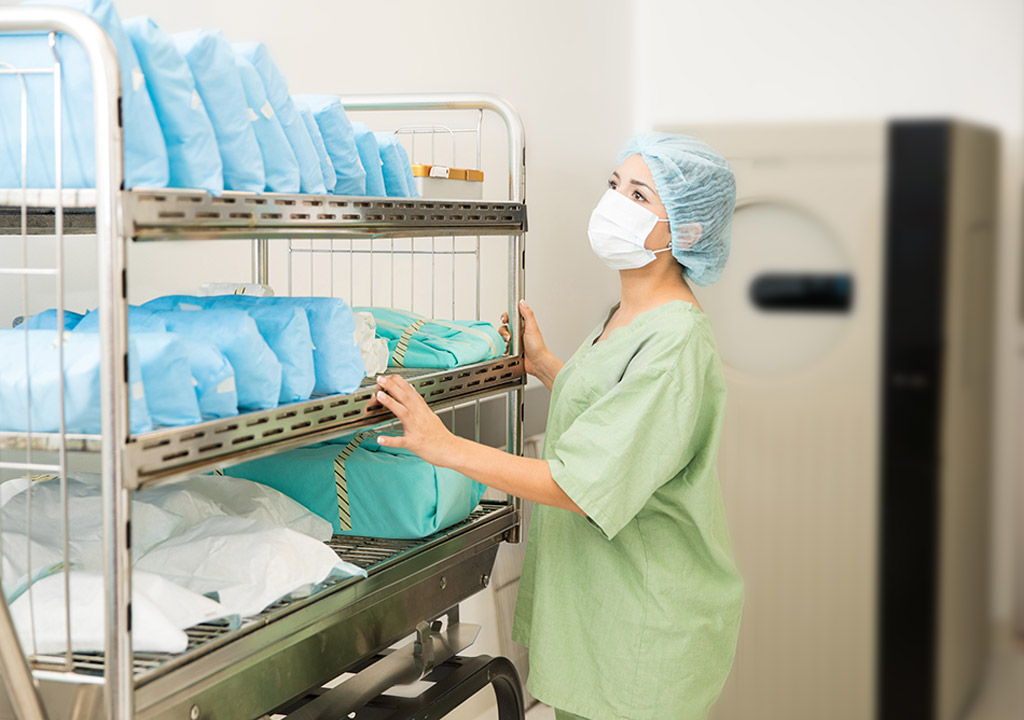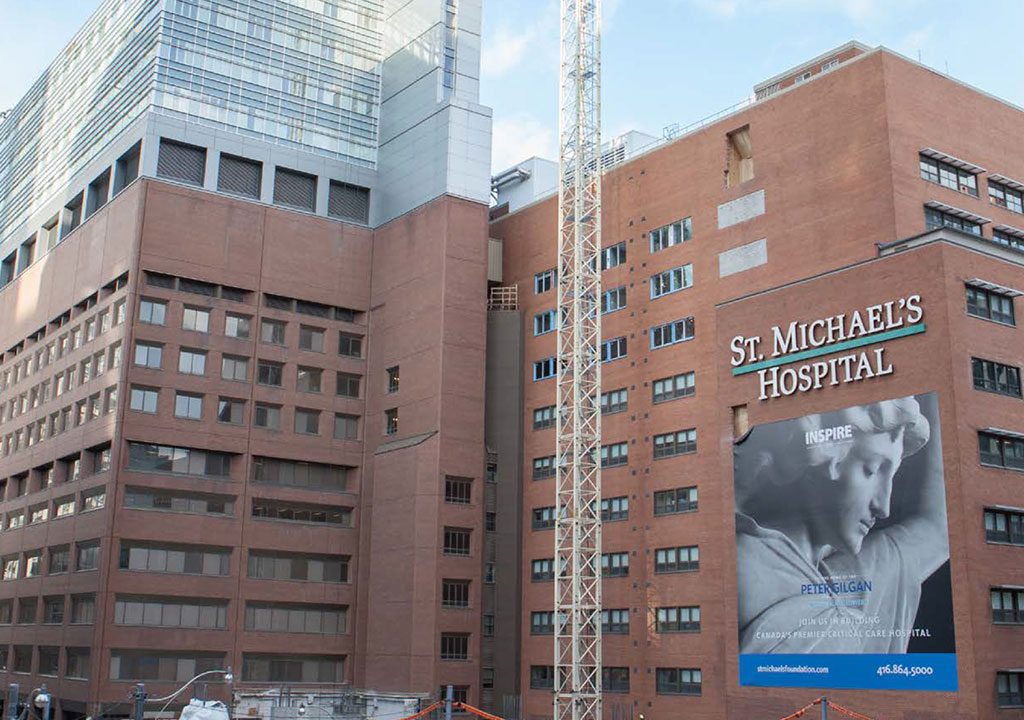CASE STUDIES: St. Michaels Hospital | Elevator Wait Times
St. Michaels Hospital
Elevator wait times

Situation
St Michaels hospital subscribes to a low unit of measure stockless inventory program that is offered by Mohawk Supply chain Services. The day to day functions within the hospital are done by an external company called Logihedron Inc. Logihedron manages 140 patient care locations within the hospital and 5 off site clinics on a top-up inventory process. As with all healthcare facilities, St Michaels approached Logihedron to see if there were any opportunities to gain some efficiencies and reduce costs.
Analysis and Action Taken
Logihedron began a review of all operational processes and the time spent on these processes. They are able to do this as their staff fill out a Daily Activity log daily. This log basically indicates all the tasks a staff member does on a daily basis and how much time they spend on each task. As Logihedron reviewed all the staff logs, they noticed a pattern in an activity labelled Travel. Travel is the time spent getting from one nursing area to another. Collectively for all the staff this was taking up to 3 hours per day. It was discovered that the bulk of this time was waiting for elevators to take supplies to and from the various nursing floors. The hospital has three freight elevators for all hospital services including patient portering, Housekeeping, Food Services, Pharmacy and hospital staff. As this is an older building and the elevators are older, frequently there would be one of the three elevators out of service compounding the issue. After much brain storming, Logihedron came up with a solution that had 2 of the 5 staff move to a night shift and primarily re-organized the workload such that the primary objective of these 2 staff members at night was to assist in the unloading of the truck from the warehouse bringing supplies for the next day and then delivering the supply carts to the upper floors overnight. The one requirement Logihedron had was that the carts delivered to the floors had a secure area for storage until morning. They further refined the process whereby the Operating Room supplies were topped-up before any activity began in the morning in O.R. (a significant benefit to the O.R.)
Results
The results show that the travel time was reduced from 3 hours per day to 1 hour per day. This gain was re-allocated to the cart cleaning schedule where there was a deficit in the hours allotted to do the necessary frequency of cleaning as specified by infection control. This contributed to greater patient safety. The greater value as it turns out is the great satisfaction level of the O.R. staff as all product was stocked and ready to use first thing in the morning. This contributed to better patient outcomes. Additionally, the congestion in the sterile core was also reduced as the Logihedron staff who used to put away and count the supplies in the sterile core in the morning were no longer required to be there as all the work was completed in the off hours, even for the O.R.! A further benefit that was recognized related to the shipping dock. As St. Michaels hospital is a large hospital, it receives a 53’ trailer daily of supplies. As the hospital is older and dock facilities are far from ideal, the truck when backed in, usually blocked the sidewalk and stuck out in the roadway. With the shift of the two employees to night shift, unloading of the truck was substantially faster and the truck was out of the way much sooner than before. Overall the improvements precipitated by this change contributed to better patient outcomes and safety.


